During the 8th and 9th centuries, the Muslim Arabs (then called Saracens in Europe) were rapaciously invading Christendom through Southern Italy which they succeeded in conquering by fire, murder, rapine and the sword. Sailing from newly acquired bases in North Africa which they had just stolen from the Christians of the Eastern Roman Empire, the had conquered Sicily and were now bent upon seizing the rest of the peninsula.
They had earlier been rebuffed in France in 732 by King Charles Martel, the grandfather of Charlemagne, but they had got as far as Tours in Nothern France. King Charles was the first to halt their seemingly inexorable advance. Thereafter they retired to Spain and parts of Southern France and settled. They retained their hold on what had once been Catholic Visigothic Spain for the next 800 years! They were not finally ejected from Christian Spain until 1491 by Queen Isabella and King Ferdinand.
Under Pope Paschal I (817-824), the relics of the holy martyrs were concealed in the walls of the city of Rome. When Rome was sacked, Paschal's careful precautions did not prevent the wholesale spoliation and robbery of Basilica of Saint Peter itself, nor, indeed, of San Paolo fuori le Mura (St Paul's outside the Walls), because they both lay outside the walls of the city of Rome.
Later, a second wall was constructed on the other side of the Tiber from the main city area. It was constructed by order of Pope Leo IV and so this enclosure was called the Leonine City.
The Islamic conquest and domination of Sicily, as well as parts of southern Italy began in the 7th century after the foundation of Islam and the attempt by the Muslim leaders to conquer the world.
By Koranic tradition, Islam makes its attempts to re-conquer the world in the 7th or 8th decade of every century and does not stop until it is halted by force. When stopped it generally lies low until the 7th or 8th decade of the next century when it then makes another attempt at world domination.
How, then, can it call itself a religion of peace? It does so because it means by peace the eventual peace that will, it says, be the consequence of the conquest of the world for Islam. In the meantime, however, it is war.
Islam first attacked Sicily (then part of the Eastern Roman Empire) in 652 AD when Syrian Arabs under Mu’auia ibn-Hodeig invaded.
The Eastern Roman Imperial Exarch of Ravenna, Olympius, then took ship to oust the invaders but the invading Arabs managed to escape back to Syria with a huge treasure trove of pillaged riches.
Next, in 669, the invading Muslim Arabs came in 200 ships from Alexandria (once the greatest Christian city in the Middle East) and attacked Syracuse, once again escaping with a mountain of rich booty stripped from the churches, palaces and homes of the Christian people.
The invading Muslims, when they first attacked Alexandria, coming across the library of the University of Alexandria which was one of the greatest in the world, took no heed of the great wealth of learning contained therein, including priceless collections of ancient Greek, Roman and Hebrew texts, and burnt the whole library.
Thus it was that so many ancient Greek and Roman texts were lost to the world forever. And yet Western scholars continue to peddle the lie that Islam safely preserved the Greek and Roman texts. It is true that some were later preserved but a massive corpus was permanently destroyed by the burning of the Alexandrian library.
After the Umayyad conquest of Africa (completed by about 700), Muslim fleets repeatedly attacked the coast of Sicily in 703, 728, 729, 730, 731, 733 and 734, looting, sacking and pillaging at every turn.
The Christians of Roman Christendom were taken completely by surprise by these attacks since they had no contest with Islam at that time and had done nothing to merit such unwarranted and merciless attacks by the Muslim raiders.
An expeditionary force was launched in 740 with the aim of conquering Christendom for Islam. The Muslim princes Habib and his son, Abdurrahman, set out to conquer the whole Italian peninsula, having discovered the Christians unprepared for invasion, and they would probably have succeeded in doing so but for a revolt in Tunisia by the Berbers which they had to return and deal with.
A treaty was signed between the Eastern Empire and Ibrahim I ibn al-Aghlab, Emir of Ifriqiya in 805 but did not prevent attacks from continuing elsewhere in Italy. Ibrahim's son, Abdallah I, sent an invasion force to conquer Sicily in 812 and he, despite some reverses, managed to conquer Lampedusa.
Thereafter the conquest of Sicily by Al-Aghlab Abu Ibrahim proceeded with rapidity.
He was succeeded by Abbas ibn-Fadhl, a savage warrior who ravaged lands still under the control of the Eastern Roman Empire capturing Castrogiovanni in 859. All the Christian survivors from that fortress were executed, and women and children were sold as slaves in Palermo. The Eastern Roman Emperor tried to aid the stricken Christians but was defeated by Abbas. Further defeats followed successively for the Eastern Romans.
Syracuse finally fell in 877 AD to Jafar ibn-Muhammad who then went on to attack Greece and Malta and the death of the Eastern Roman Emperor, Basil I, in 886, was followed by attacks on Calabria and a further defeat for the imperial army. Reggio di Calabria fell in 901 and Taromina, the last Byzantine stronghold in Sicily fell in 902.
The whole of Southern Italy was now in Muslim hands and Islam was poised to invade the rest of Christendom.
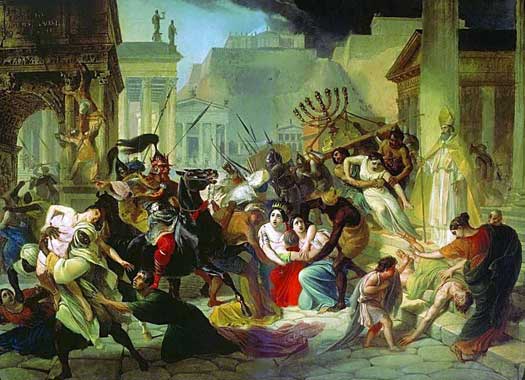




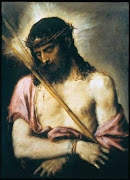



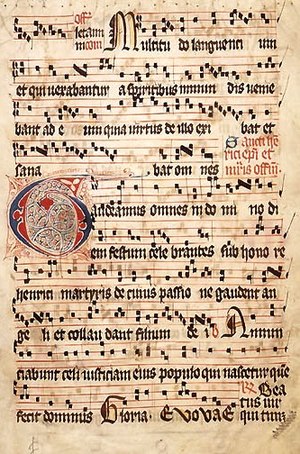

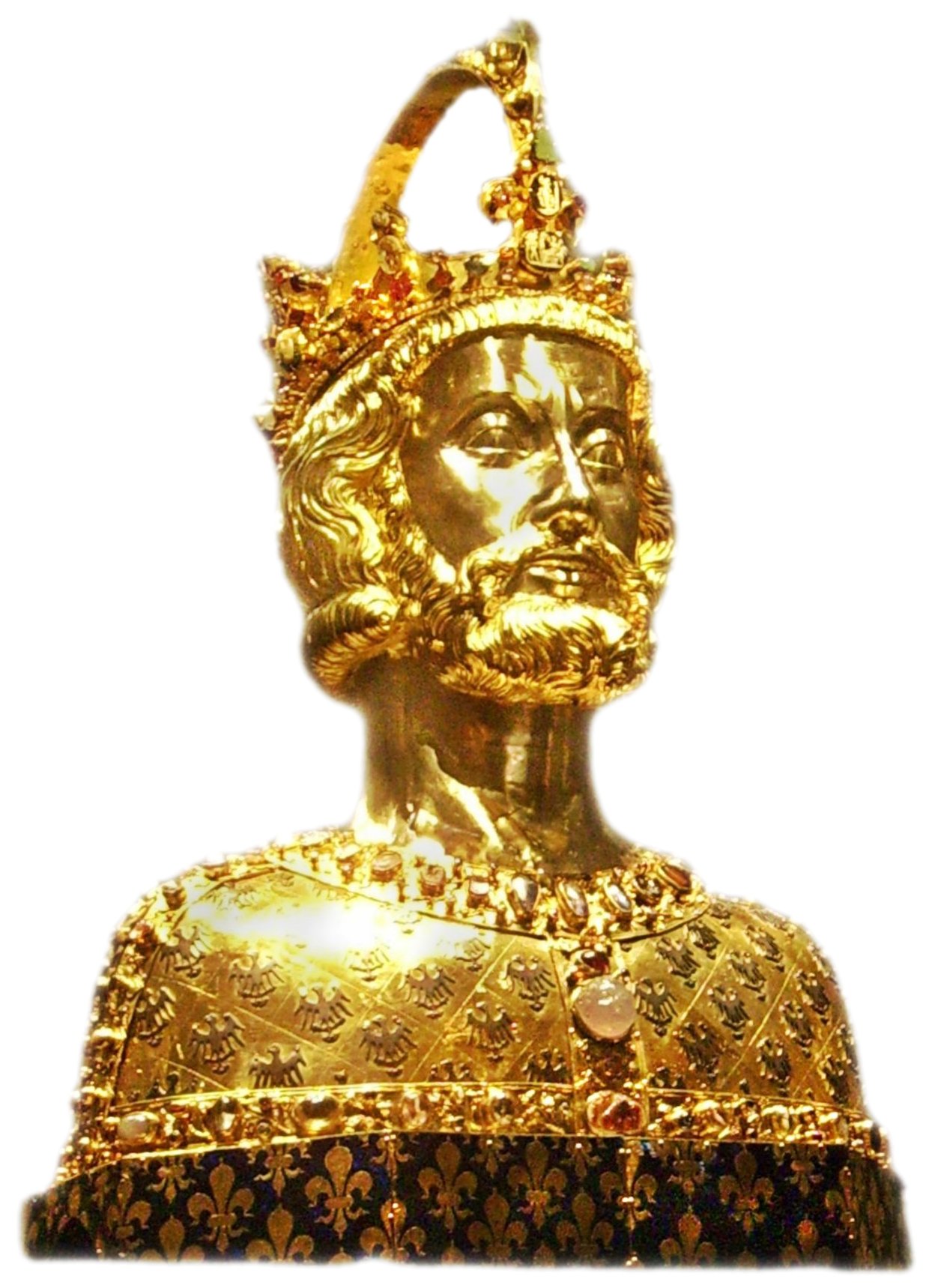



.jpg)


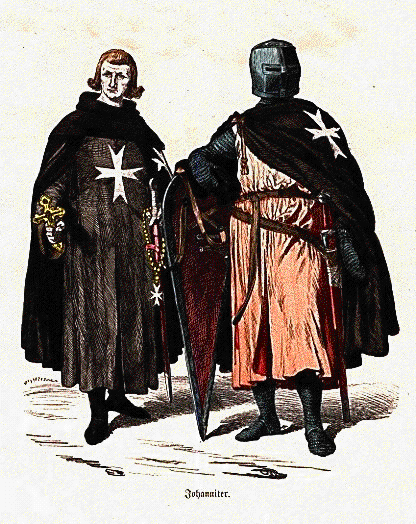

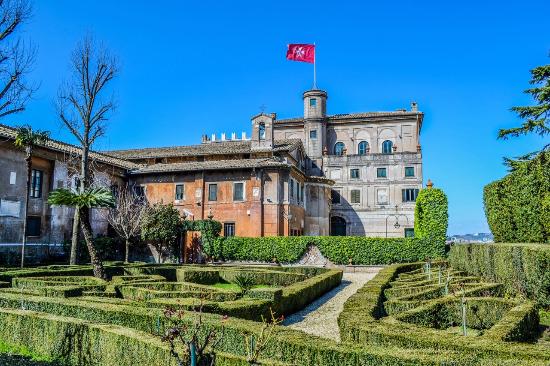
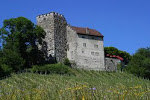

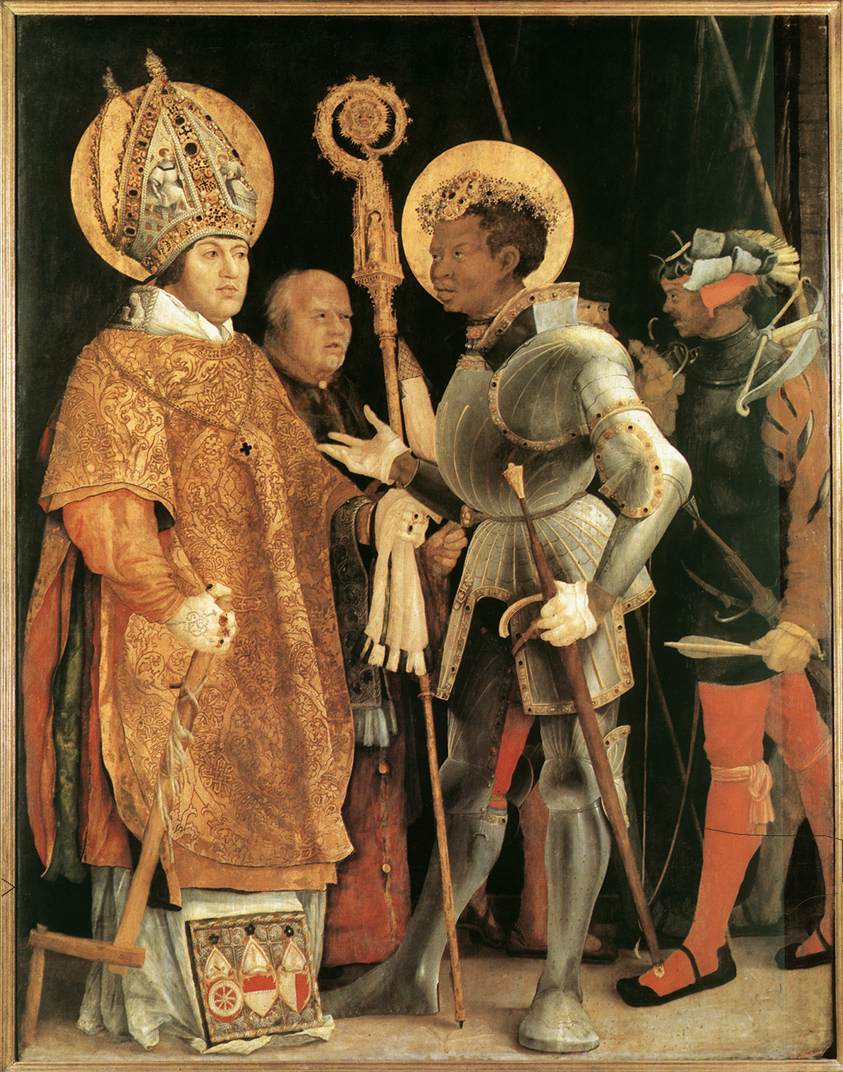
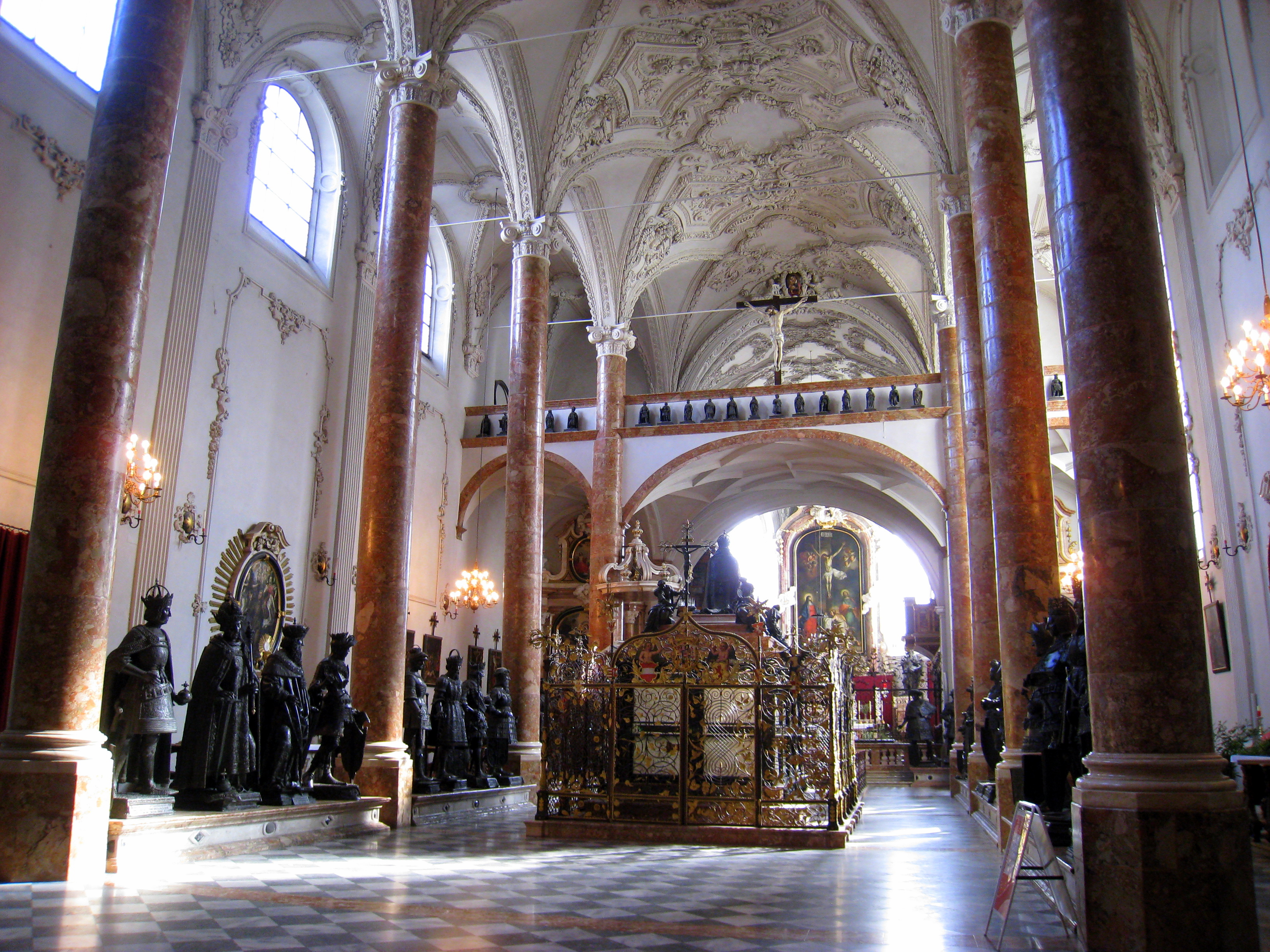


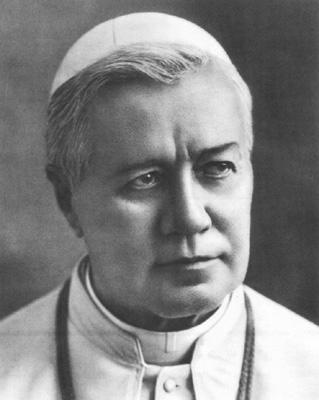














_-002.jpg/220px-Circle_of_Anton_Raphael_Mengs,_Henry_Benedict_Maria_Clement_Stuart,_Cardinal_York_(ca_1750)_-002.jpg)


